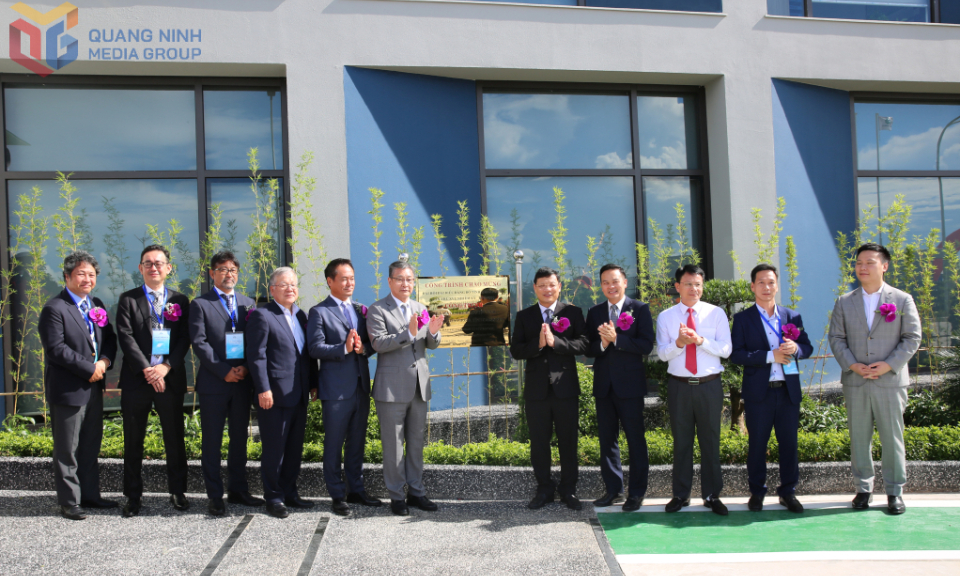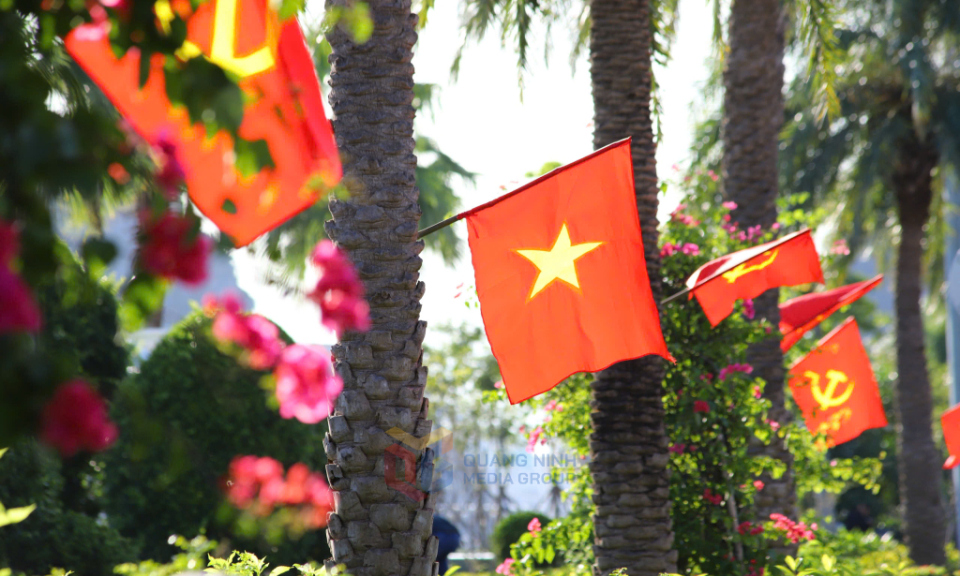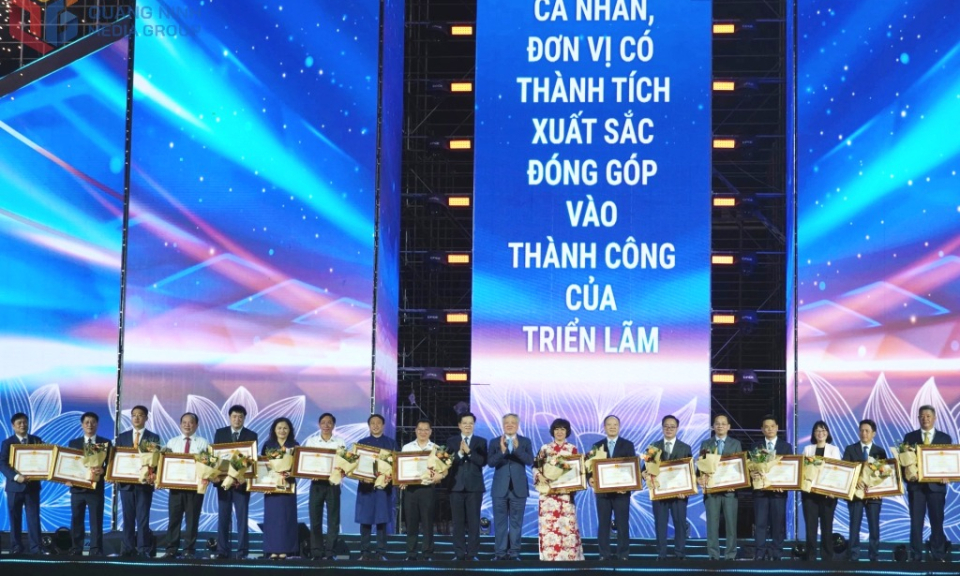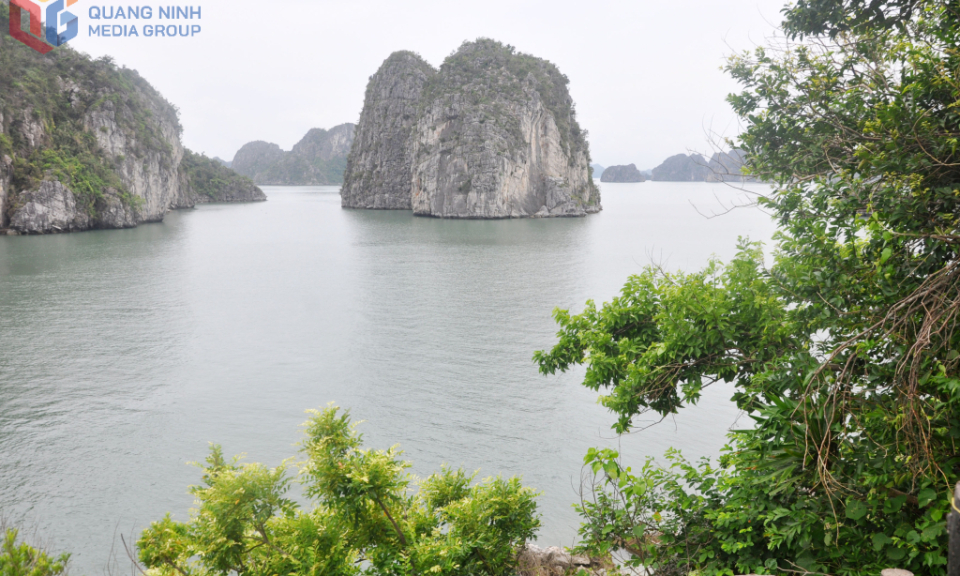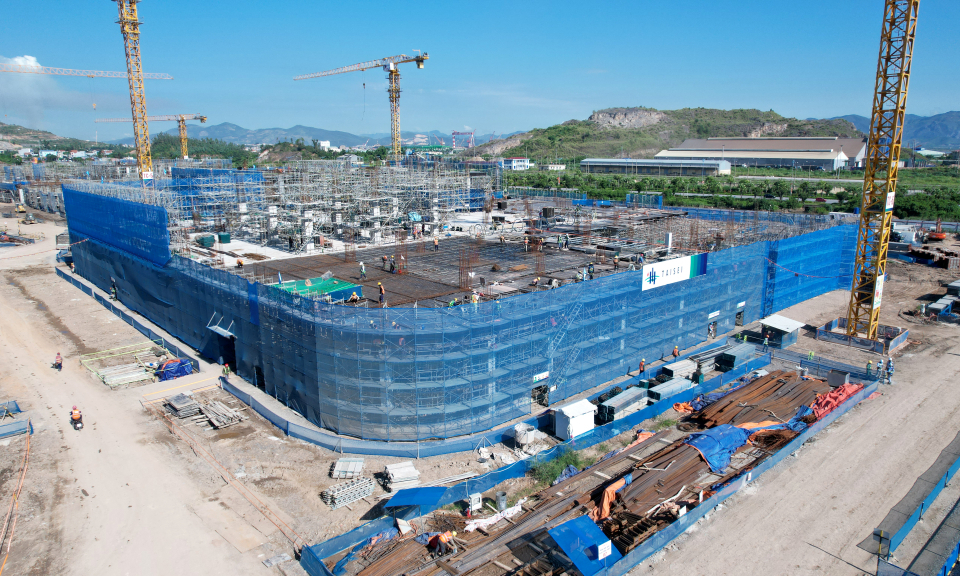Traces of prehistoric times in Ha Long
In 1937-1938, archaeologists M. Colani (France) and G. J. Anderson (Sweden) discovered traces of prehistoric human habitation along the shore of Ha Long Bay such as Danh Do La, Tuan Chau, Cai Dam, etc.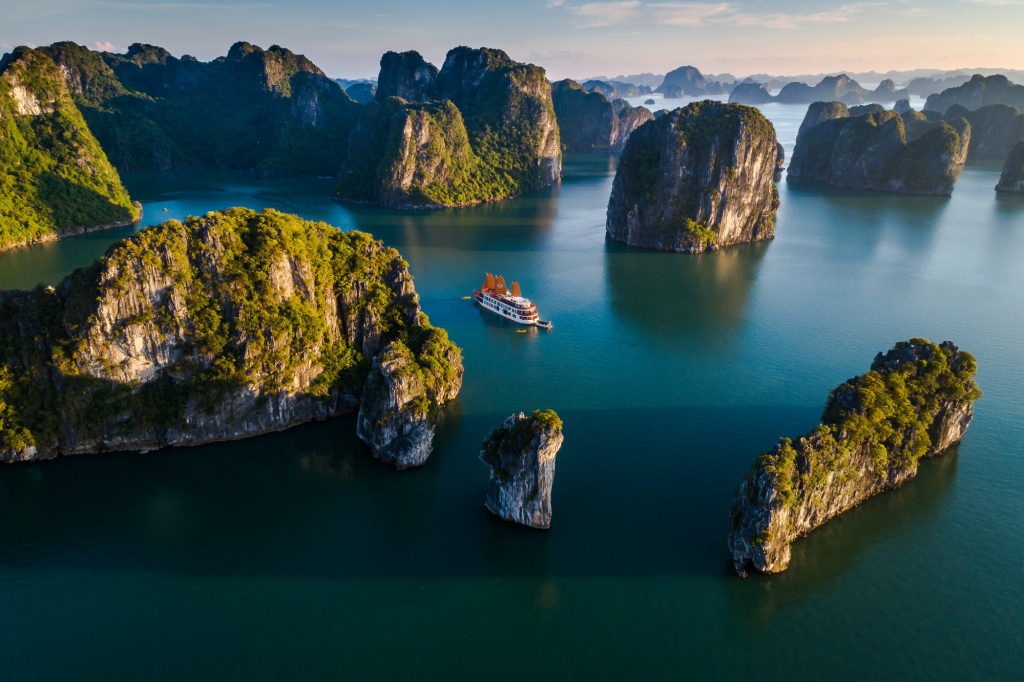
Archaeologists referred to these sites collectively as the "Danh Do La Culture," named after Ngoc Vung island during the French colonial period. After peace was restored, Vietnamese archaeologists unearthed additional sites with similar characteristics and introduced the term "Ha Long Culture" to replace Colani’s designation. To date, approximately 50 "Ha Long Culture" sites have been discovered, spanning the islands of Ha Long Bay and coastal areas from Mong Cai to Van Don. These sites share common features in stone tool crafting and ceramic artifacts, dating back 5,000-3,000 years.
Research into Ha Long Culture indicates that prehistoric inhabitants in Ha Long primarily lived on sand dunes, tidal flats, and river mouths along the coast, with only a minority residing in limestone caves 5,000-3,000 years ago. They formed small "villages", smaller than those of their contemporaries in the midlands and deltas of Northern Vietnam. Most Ha Long inhabitants lived near the coast on modest sand dunes.
A distinctive feature of Ha Long Culture is its stone tools and ceramics. Stone axes and adzes “with shoulders and unique notches were made in various materials and sizes”. Particularly notable were their ceramics, reflecting Ha Long’s maritime characteristics. The household pottery was crafted from crushed mollusk shells mixed with sand and clay, with outer decorations featuring wave-like patterns inspired by the sea.
Archaeologists suggest that the advanced stone tool-making techniques, pottery production, and experience in marine living enabled the Ha Long people to develop watercraft for fishing and trading with other regions. Evidence supporting this includes the discovery of Ha Long-style axes and ceramics in Ha Giang, Pho Tho (Ma Dong - Con Lon Hill), Nam Dinh (Ho Mountain, De Mountain), Ninh Binh (Man Bac), Thanh Hoa (Hoa Loc), and even along the coast of Fujian, China. These findings reveal the Ha Long people’s extensive cultural exchanges and active maritime activities.
During the Hung Kings era (approximately 2,500-2,000 years ago), Ha Long Culture continued to influence contemporary cultures in the Northern Midlands and coastal areas of Thanh Hoa and it was influenced by them as well. This mutual interaction is evident in tools and ceramics unearthed in sites like Bo Chuyen Cave (Dai Yen, Ha Long city) and Dau Ram (Hoang Tan, Quang Yen town). Archaeologists believe that the Ha Long people leveraged their maritime cultural foundation, utilized the strengths of waterway communities, and adopted advancements from delta societies, contributing to the development of ancient Vietnamese civilization.
Ha Long Culture, as identified by archaeologists, is fundamentally a maritime culture that thrived through dynamic exchanges, integration, and cultural adaptation. It is one of Vietnam’s four major prehistoric maritime cultures, alongside Hoa Loc (Thanh Hoa province), Bau Cho (Quang Binh province), and Xom Con (Khanh Hoa province). Ha Long Culture, therefore, holds a key position in the prehistoric cultural landscape of Vietnam.

